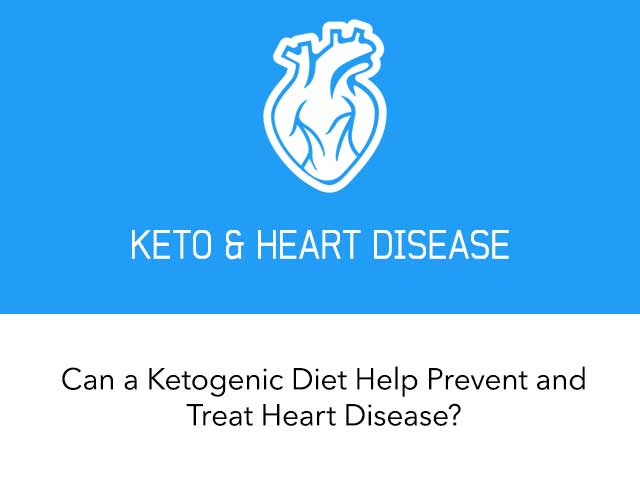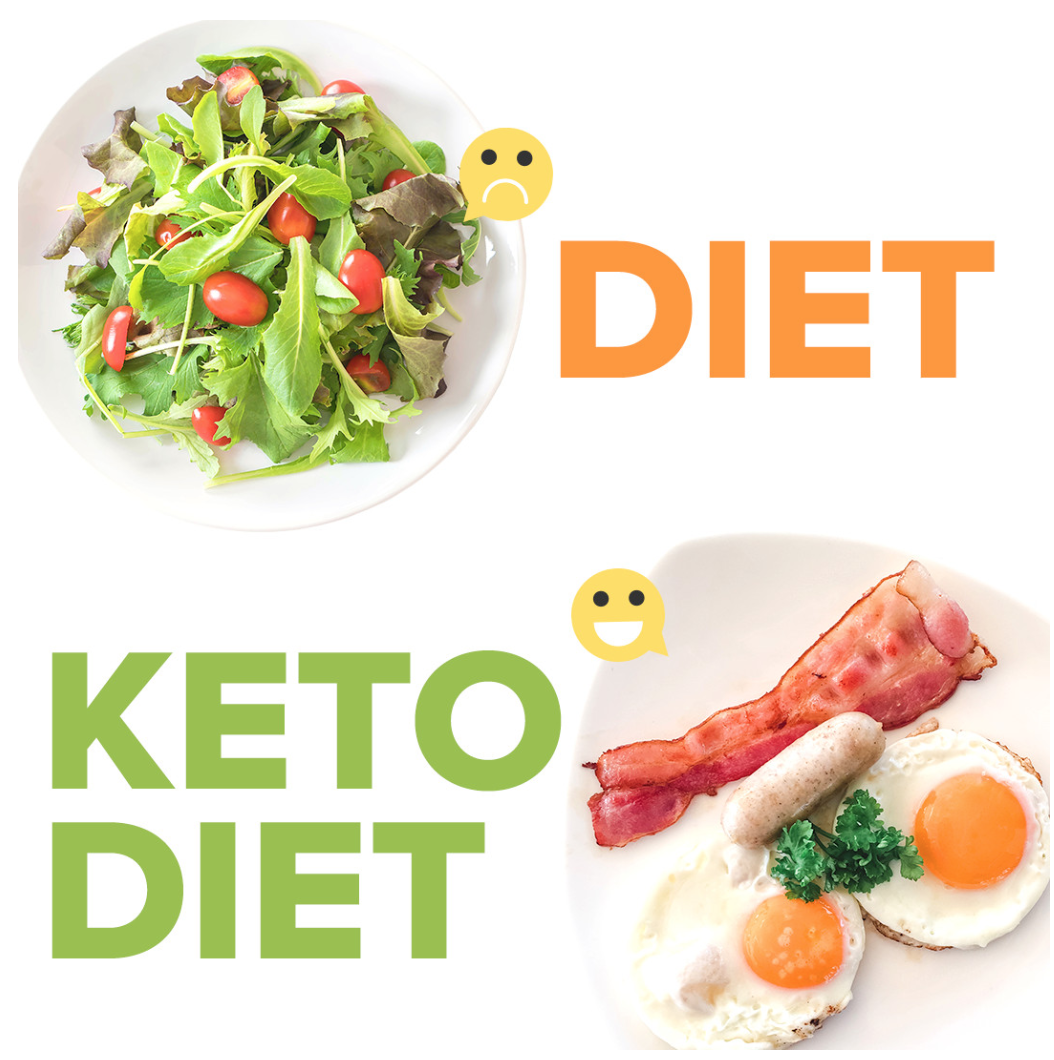The Ketogenic Diet and Heart Disease

According to the World Health Organization, cardiovascular disease (which is also commonly referred to as heart disease) is the leading cause of death globally.

On the surface, this sounds like a dreadful omen for humanity, but there is some sweetness to this bitter news once we realize that heart disease is preventable and, in some cases, reversible.
What is Heart Disease?

Heart diseases are a group of disorders of the heart and blood vessels. In general, they fall into these categories:
- Coronary heart disease – disease of the blood vessels supplying the heart muscle.
- Cerebrovascular disease – disease of the blood vessels supplying the brain.
- Peripheral arterial disease – disease of blood vessels supplying the arms and legs.
- Rheumatic heart disease – damage to the heart muscle and heart valves from rheumatic fever, caused by streptococcal bacteria.
- Congenital heart disease – malformations of heart structure existing at birth.
- Deep vein thrombosis and pulmonary embolism – blood clots in the leg veins, which can dislodge and move to the heart and lungs.
The most common, preventable, and reversible type of heart disease is coronary heart disease or coronary artery disease. This occurs when the arteries that supply blood to heart muscle become hardened and narrowed as plaque accumulates on their inner walls. The technical term for this is atherosclerosis.
As atherosclerosis worsens, less blood is allowed to flow through the arteries. As a result, the heart muscle can’t get the blood or oxygen it needs. This can lead to chest pain (angina) or a heart attack.
Most heart attacks happen when a blood clot suddenly cuts off the heart’s blood supply, causing permanent heart damage. These clots typically form at the site of a ruptured arterial plaque.
How is Heart Disease Preventable and Reversible?
Although there are many genetic factors that determine your risk of heart disease, it is still preventable and can be reversible. This is because the most common cause of heart disease – atherosclerosis – is created by modifiable factors (i.e., elements that are under our control).

However, don’t let the fact that atherosclerosis is the buildup of fatty plaques in your arteries fool you. This doesn’t mean that fat clogs your arteries. In fact, fat isn’t the problem.
Interestingly enough, atherosclerosis isn’t even the problem – It is the solution to the immediate problem that is caused by oxidized LDL cholesterol.
LDL – The Misunderstood Lipoprotein and Plaque Formation

LDL (low-density lipoprotein) is commonly referred to as “bad cholesterol”, but it is actually critical for our survival.
You can think of LDL as a superhero with a very short temper. LDL brings essential nutrients, such as cholesterol and vitamins, to our cells. Unfortunately, if the LDL interacts with free radicals and volatile molecules in the blood, it begins to oxidize.
The now oxidized LDL goes on a temper tantrum causing damage to the endothelial cells (cells that line the inside of our blood vessels). The endothelial damage triggers macrophages (immune system cells) to neutralize the oxidized LDL and prevent further destruction.
The Ketogenic Diet & Heart Disease: How Does Keto Impact These Risk Factors?
Because of its focus on fat consumption, the keto diet is concerning to many doctors, dieticians, and health advocates. However, the truth as to what happens when we eat more fat and cut the carbs is much more complex.
Put simply, several studies indicate that the keto diet can help most people reduce their heart disease risk while small subsets of the population may significantly increase their risk by following a standard keto diet.



